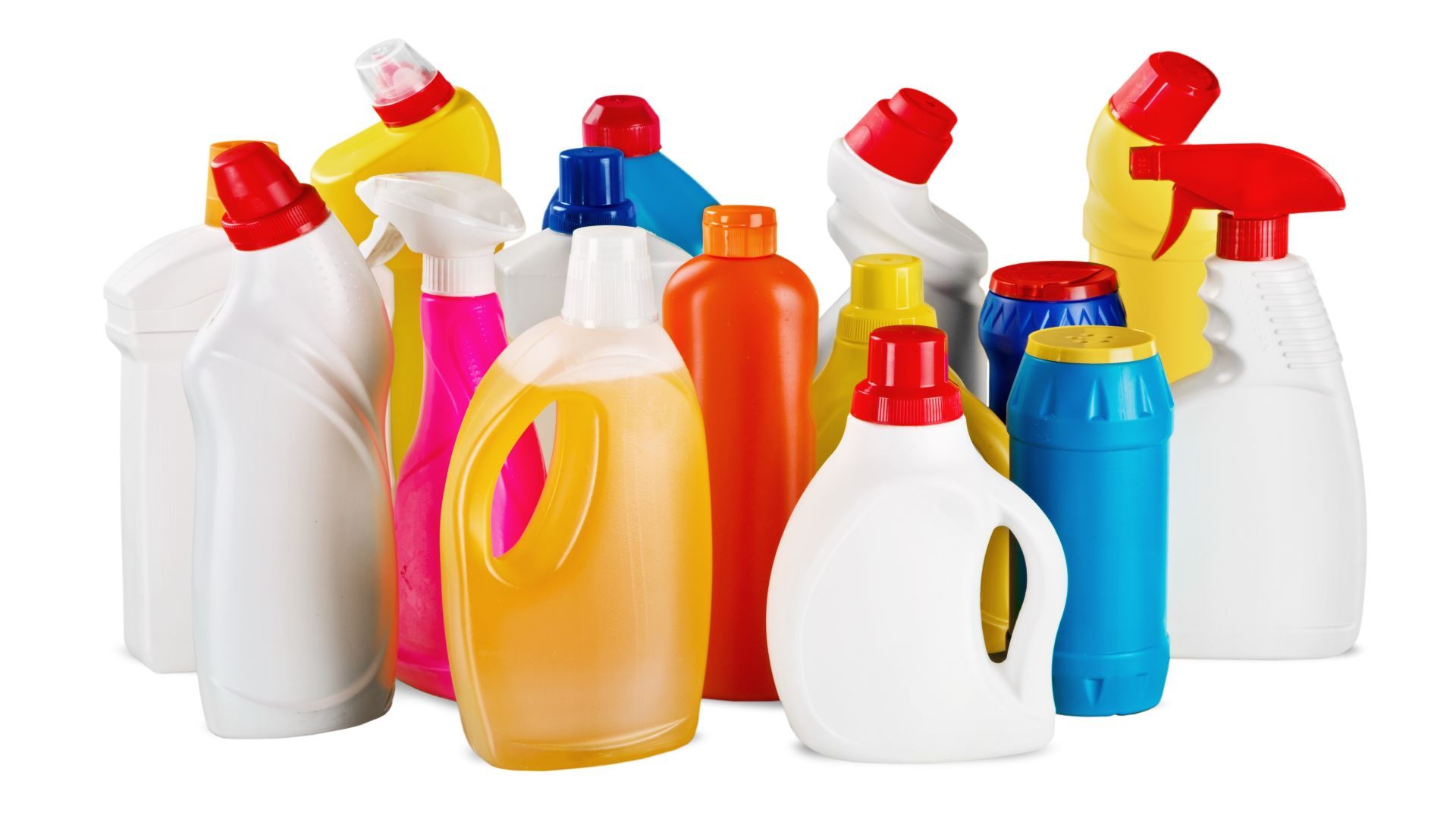Strain, Disinfectant, Concentration and Contact Time Impact Disinfectant Efficacy

Transmission of healthcare-associated infections caused by antibiotic- and multi-drug resistant (MDR) pathogens (e.g. Methicillin-resistant Staphylococcus aureus (MRSA), Pseudomonas aeruginosa) are a major concern in patient care facilities. Disinfectant usage is critical to control and prevent pathogen transmission, yet the relationships among strain, disinfectant type, contact time, and concentration are not well-characterized. West, et al. (2018) hypothesized that there would be significant differences in disinfectant efficacy among clinically relevant strains under off-label disinfectant conditions, but there would be less no differences among at registered label use concentrations and contact times. The purpose of this study was to quantify the effect of disinfectant concentration and contact time on the bactericidal efficacy of clinically relevant strains of S. aureus and P. aeruginosa.
Accelerated hydrogen peroxide (AHP), quaternary ammonium compounds (Quat), and sodium hypochlorite were tested at label and reduced contact times and concentrations against four MDR P. aeruginosa strains and four MRSA strains. Quantitative EPA method MB-25-02 was used to measure disinfectant efficacy reported as log10 reduction.
Both off-label disinfectant concentrations and contact times significantly affected efficacy of all disinfectants tested. Bactericidal efficacy varied among MRSA and P. aeruginosa strains.
The researchers conclude that the quantitative disinfectant efficacy method used highlights the inter-strain variability that exists within a bacterial species. It also underscores the need for a disinfectant validation method that takes these variances into account.
Reference: West AM, Teska PJ, Lineback CB and Oliver HF. Strain, disinfectant, concentration, and contact time quantitatively impact disinfectant efficacy. Antimicrobial Resistance & Infection Control. 2018;7:49
Vet IP Roundtable 2: Infection Control and Biosecurity Challenges in Veterinary Care
March 31st 2025Veterinary IPs highlight critical gaps in cleaning protocols, training, and biosecurity, stressing the urgent need for standardized, animal-specific infection prevention practices across diverse care settings.
Invisible, Indispensable: The Vital Role of AHRQ in Infection Prevention
March 25th 2025With health care systems under strain and infection preventionists being laid off nationwide, a little-known federal agency stands as a last line of defense against preventable patient harm. Yet the Agency for Healthcare Research and Quality (AHRQ) is now facing devastating cuts—threatening decades of progress in patient safety.
From Shortages to Security: How Reusable Health Care Textiles Can Transform Infection Prevention
March 7th 2025Reusable health care textiles enhance infection prevention, reduce waste, and strengthen supply chains. Hygienically clean textiles offer a sustainable, cost-effective alternative to disposable PPE, ensuring patient safety and environmental responsibility.